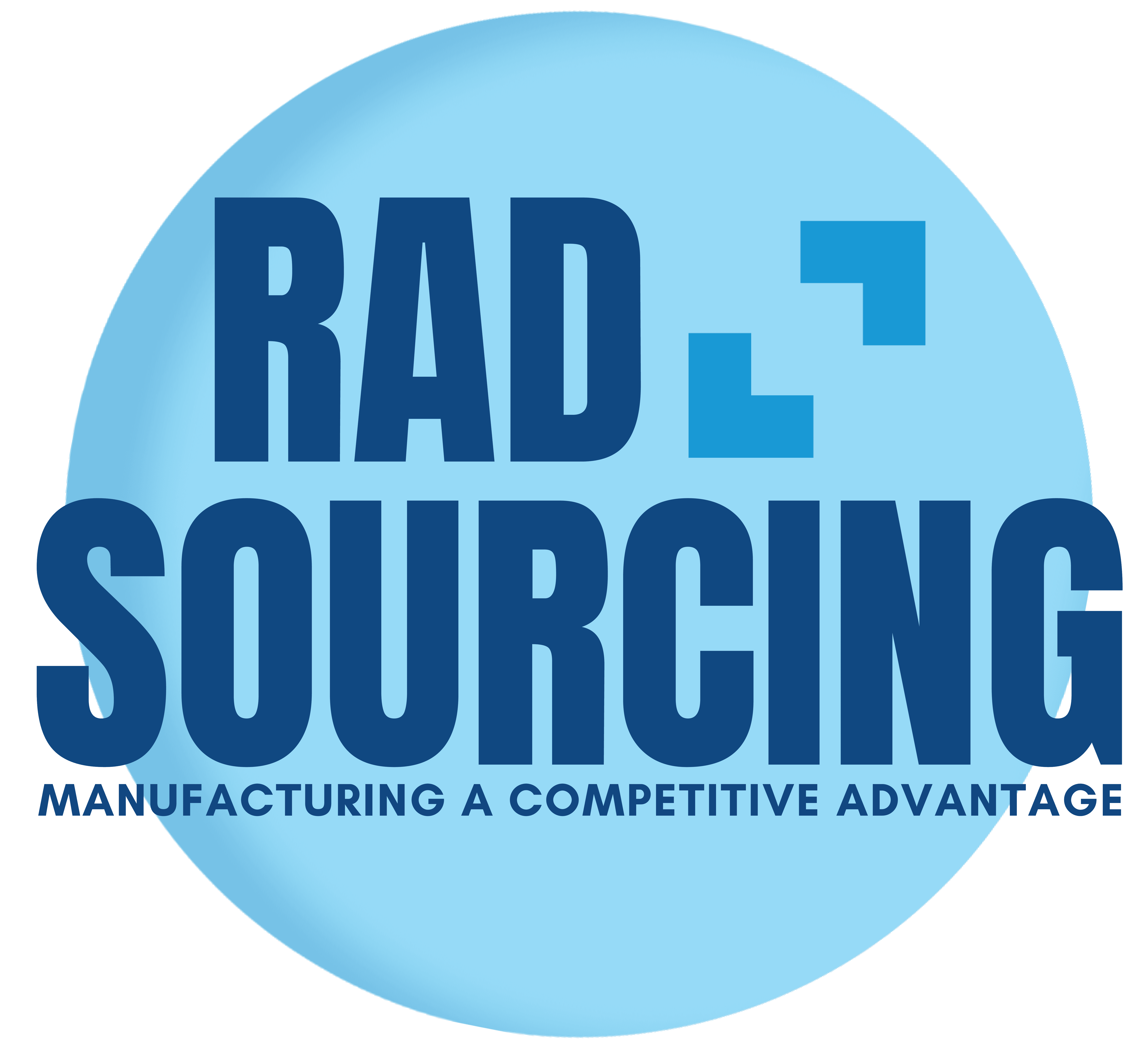Product Testing
Quality and safety testing your products before shipment benefits the consumer and you as well. It helps prevent any expensive call backs or accidentally harming any of your customers. To protect those consumers, it is legally mandated that products manufactured domestically or abroad are subject to the same standards. This ensures that consumers’ products conform to a standard of safety and functionality. Consumers are protected and they do not purchase anything that could unintentionally harm them.
A few of the major testing companies are Intertek, SGS, and Bureau Veritas. Different industries have different standards so do the research and find the right testing service for your product(s). It is essential that companies are sure they are fulfilling their product testing requirements. It prevents any legal action, fees, bad press and other negative consequences.
Why?
Companies producing and selling consumer products are required to perform some level of independent laboratory testing. It essential that they stay up to date on regulations and legal mandating testing, as standards can change quickly. An example of a regulatory initiative on testing is the Consumer Product Safety Improvement Act (CPSIA). This act mandated that importers of consumer goods must provide verifiable test report from an accredited 3rd party. These tests must show that certain products fall within the safety standards and regulations corresponding to each product and/or industry.
More information on this act can be found at https://cpsc.gov/Regulations-Laws–Standards/Statutes/The-Consumer-Product-Safety-Improvement-Act
How?
If you are manufacturing the goods or importing them, you are responsible for laboratory testing your products. Then that lab, domestic or offshore, must perform tests and provide documentation of their results. You must hold these reports and offer them to authorities if asked to do so. These reports demonstrate product compliance with regulation, industry standard, or chemical tests. Do not assume that your international manufacturing partner will offer this service.
Prior to manufacturing, familiarize yourself with the testing your product requires. That is where having an experienced manufacturing liaison like Rad Sourcing comes in handy, you have eyes and ears on the factory grounds. This helps ensure that your production partner makes your product exactly to your specifications. We also make sure that the labs proficiently test your products for all relevant safety and compliance regulations in their correct category. We work with you to learn exactly what testing needs to happen for your product. Then we ensure that is what happens and you receive the corresponding paperwork.
Rad Sourcing
There are a lot of moving parts when it comes to product testing and we are here to assist you with it. Rad Sourcing has over 25 years of experience managing overseas production across a variety of industries. We ensure that the right lab is contracted to responsibly test your product. We make sure that it is in compliance with all regulations and safety standards. Rad Sourcing matches your product with reputable and established testing companies.
These testing companies are accredited in both the U.S. and EU for your convenience. At our clients request, we submit production samples directly to the correct testing labs located in China to expedite the process. Then, we supply you with the lab’s official paperwork and results. Of course if any issues do arise, we work with the factory directly to solve this issue so your products can get to market safely as soon as possible.
If you have any questions please feel free to contact us anytime.
